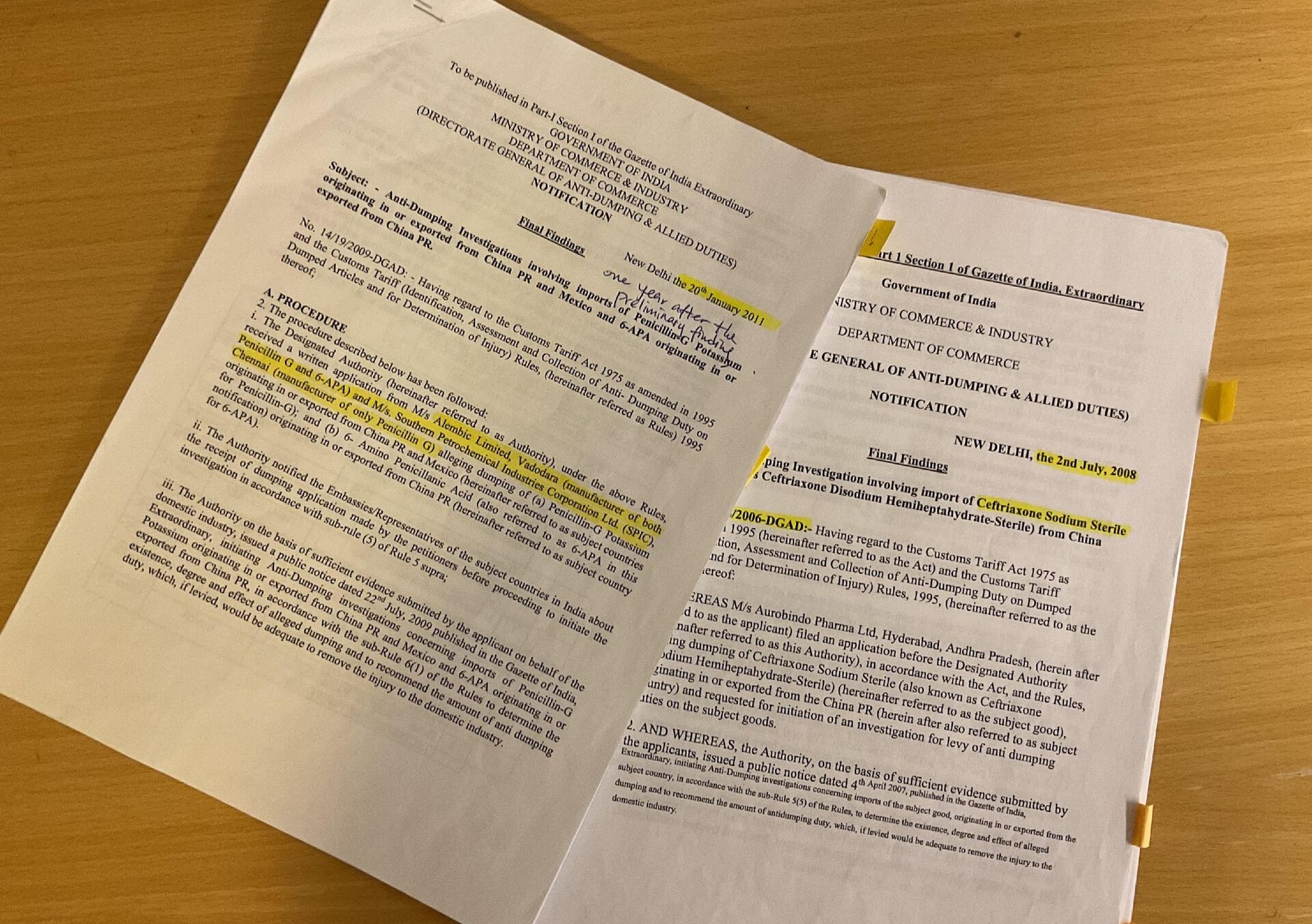I joined the FAR project as a postdoctoral research fellow in April 2021 and moved to Norway from Toronto, Canada in the end of May 2021, right in the middle of the Covid-19 Pandemic when public health authorities in North America were mobilizing all available resources to roll out the massive campaign for the first vaccine shot. After being released from a quarantine hotel in Oslo, I was thrilled to finally meet the research team in person in June.
My primary responsibility in the team is to research the role of Chinese-manufactured antibiotics and their Active Pharmaceutical Ingredients (APIs) in the global commodity chain of pharmaceuticals. It is an extremely important topic to professionals working in the pharmaceutical industry, pharmacies, and hospitals worldwide as the pandemic has highlighted antibiotic supply shortages due to dependency on major producers in China and India. However, it was not very easy to find academic literature on this topic, especially from social science perspectives. Trained as a sociocultural anthropologist, I was expecting and preparing to use the traditional anthropological method – ethnographic fieldwork – to explore this topic in China. However, the strict, fragmented, and unpredictable public health measures to control Covid-19 in mainland China made it nearly impossible for me to physically travel there.
Search for relevant information
Sitting in my office during the dark November days, I was desperate to search for any relevant information and novel methods to approach my research topic. Inspired by my doctoral fieldwork experience of accompanying businessmen from Madagascar to China’s wholesale markets and trade fairs, I decided to search for pharmaceutical trade fairs online. Then I came across a series of events that introduced me to the terminology, acronyms, trends, opinions, and debates in the global pharmaceutical industry world. In addition to following online pharmaceutical events, I also attended in-person events later in 2022 when Covid restrictions were eased in many countries in the world. Based on this experimental experience, I published a paper titled “In Shortage: Understanding Global Antibiotic Supply Chains Through Pharmaceutical Trade Fairs” in the journal Anthropologica in 2023. In this paper, I argue that the reasons behind antibiotic supply shortages are multifold. Although the geographical concentration of the production of key raw materials and APIs in China is considered the main reason for the unstable and disrupted supply chain, it is also important to recognize that the same forces that have driven Western pharmaceutical companies to shift some of their less profitable manufacturing lines to China are also challenging Chinese pharmaceutical companies to adjust and reorient their strategies.

Media sources and archives from international organizations
In addition to following pharmaceutical events, I also looked for other sources for relevant information, including the media in China and India, as well as archives from international organizations such as the WTO and WHO. I first noticed reports of China-India trade disputes about antibiotic pharmaceutical ingredients in Chinese media outlets. In these news reports, Indian antibiotic manufacturers were complaining that Chinese competitors were selling their products at unreasonably low prices in the Indian market. Following this lead and collaborating with Lise Bjerke (PhD candidate in FAR), we started to read anti-dumping investigation reports published by the Indian government. I also looked into the digital archives of the WTO to find reports of trade frictions between China and India on antibiotics and their APIs. By combining information from multiple sources, we published a paper titled “Antibiotics Dumped: Negotiating Pharmaceutical Identities, Properties, and Interests in China-India Trade Disputes'' in Medical Anthropology Quarterly in 2023. In this paper, we argue that China-India trade disputes on antibiotics reveal entangled configurations and multilayered stakes in the China–India pharmaceutical nexus that often defy polarized national interests. The disputes also highlight the coexistence of collaboration and competition among Chinese and Indian stakeholders in global pharmaceutical supply chains.

Antibiotics and their pharmaceutical ingredients are objects of concern
In sum, my research demonstrates that antibiotics and their pharmaceutical ingredients are objects of concern in pharmacology, international trade, and global public health simultaneously. As such, I argue that studies of antibiotic trajectories should be contextualized at the intersection of global health governance and the global trade framework. Without doubt, Chinese manufacturers play a major role in the global antibiotic landscape as a monopoly on Active Pharmaceutical Ingredients and raw materials. However, we must also understand that China is part of the global pharmaceutical industry rather than the antithesis or anomaly of it. As the profit margins of traditional antibiotics have dived, governments and international organizations must consider new incentives to support a secure and stable supply chain of essential antibiotics and the development of new antibiotics. Pharmaceutical companies must consider their social responsibilities of ensuring sustainable antibiotic supply beyond a fierce competition for cheapness.